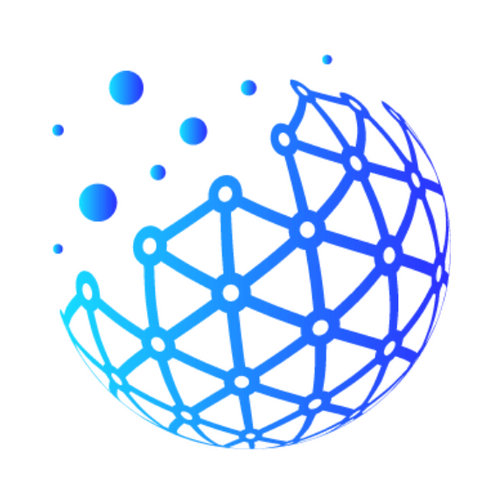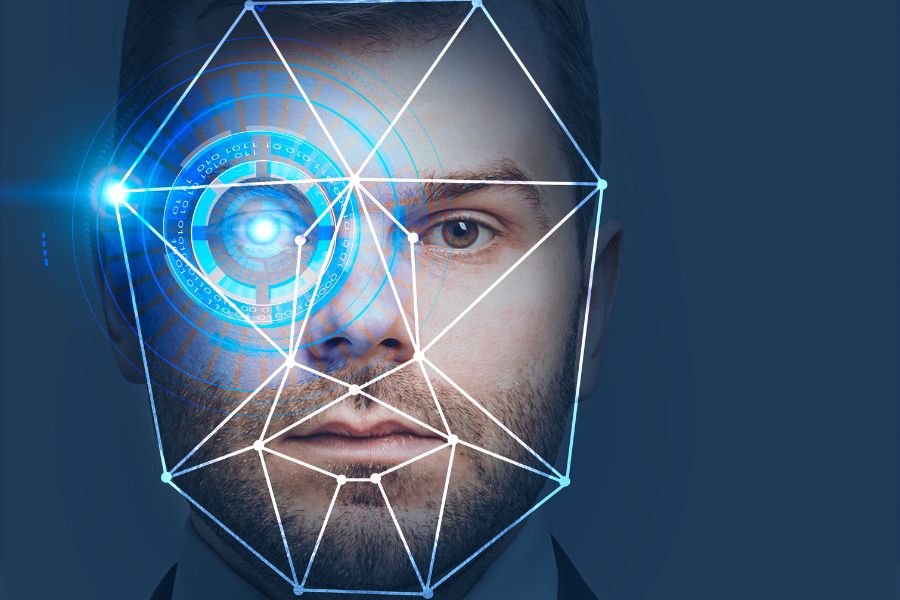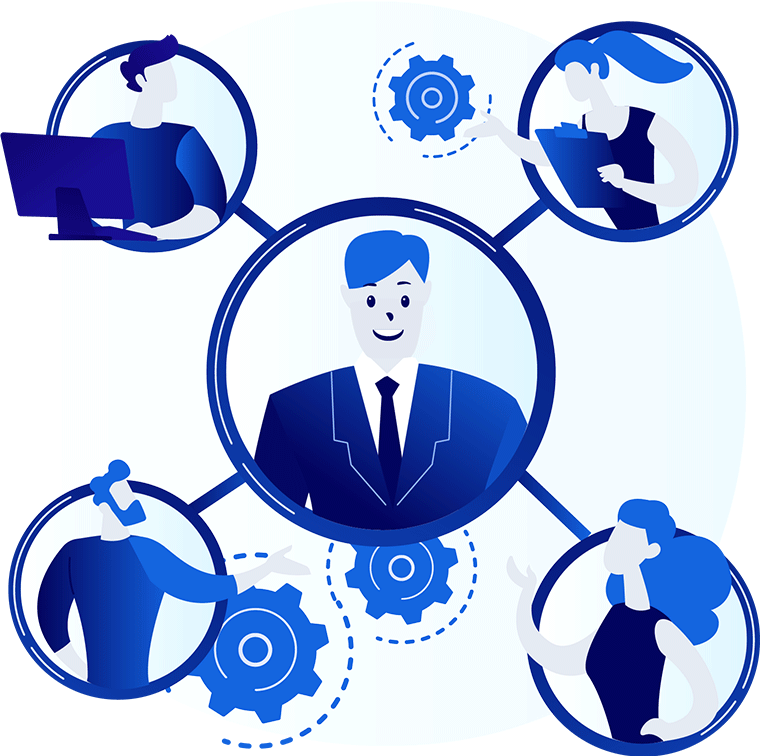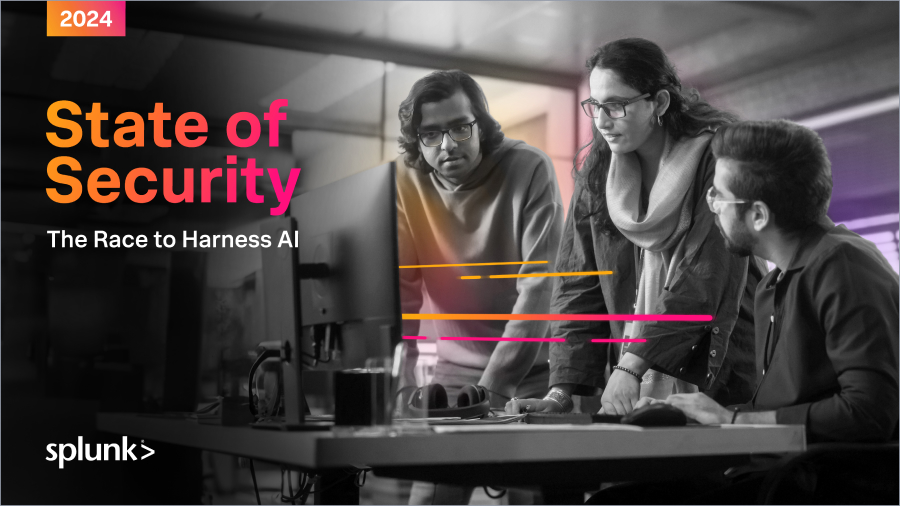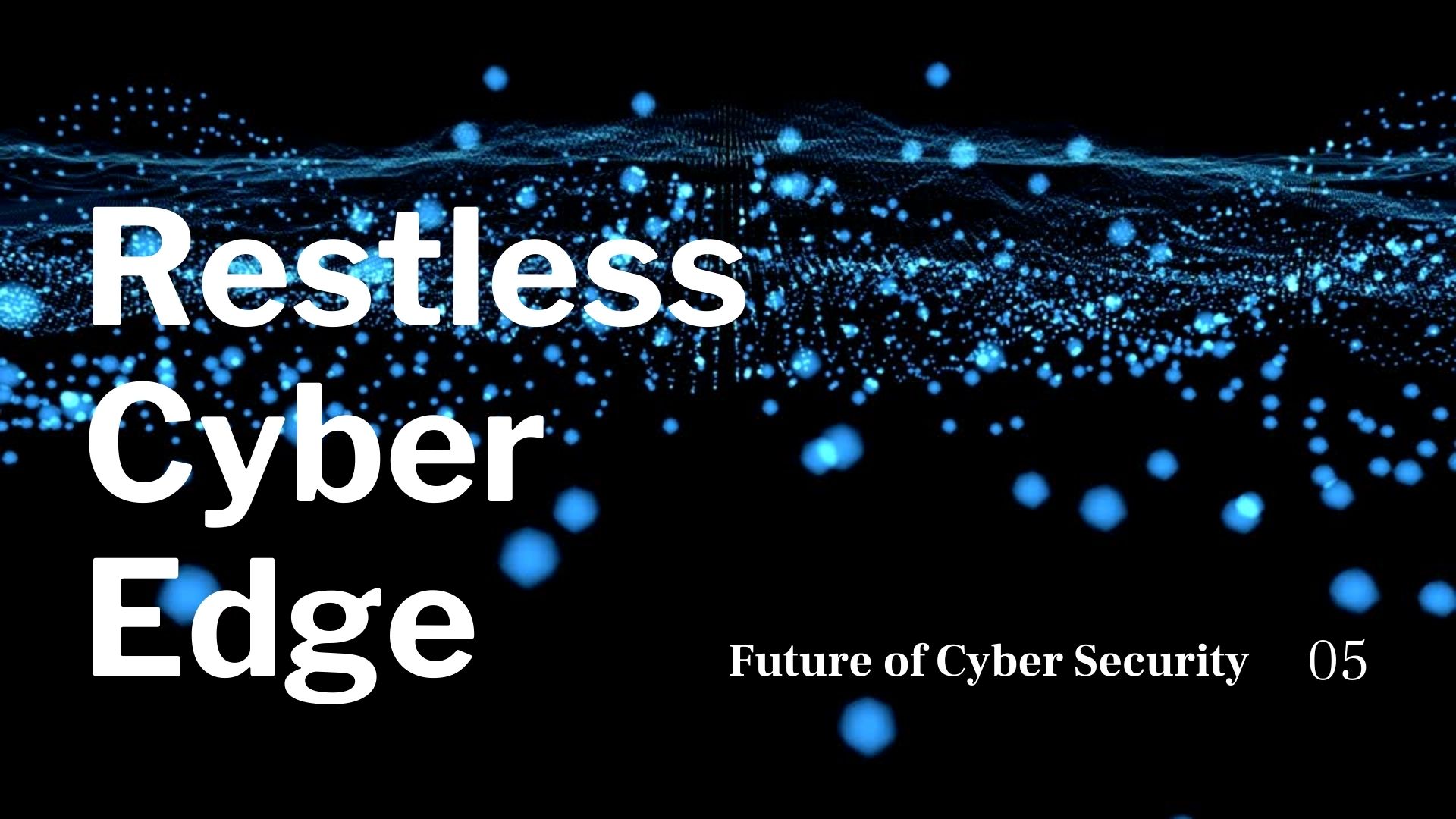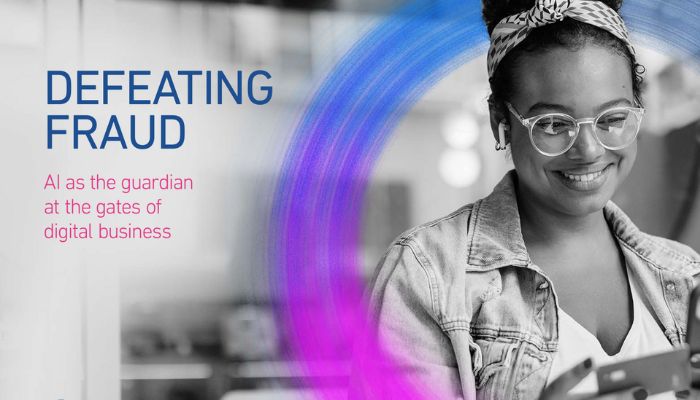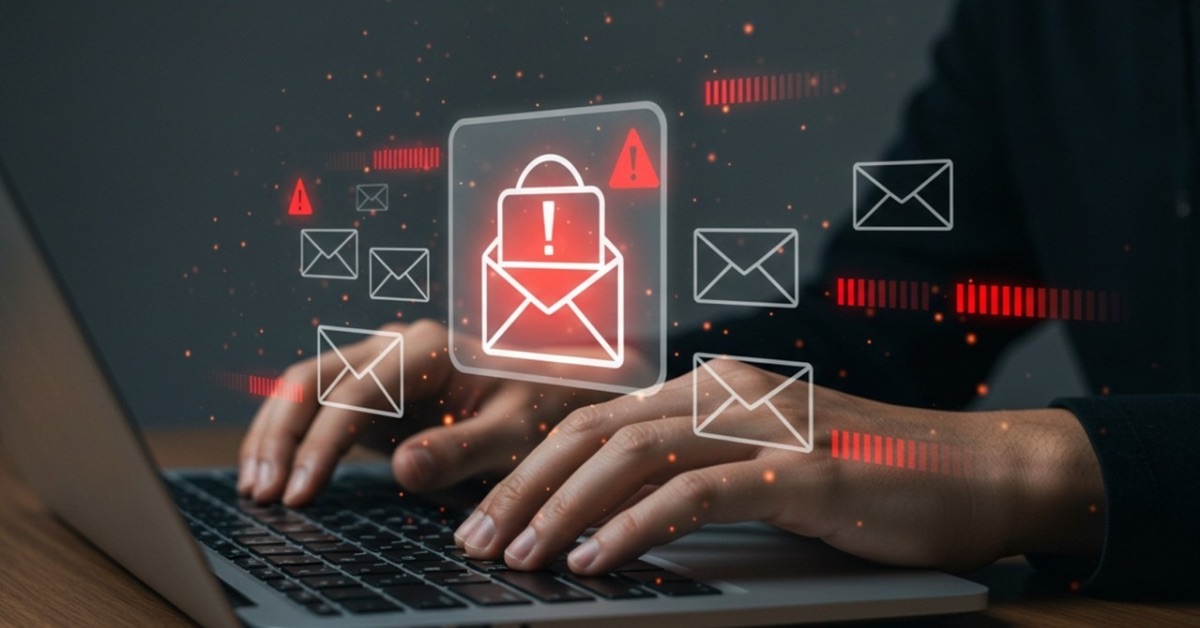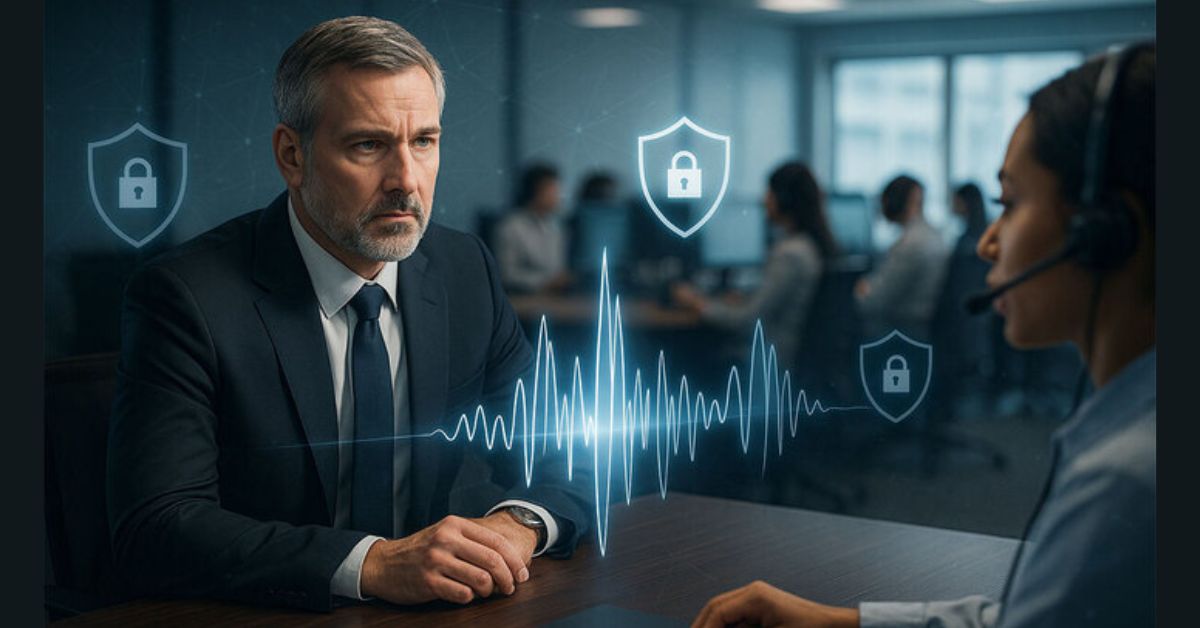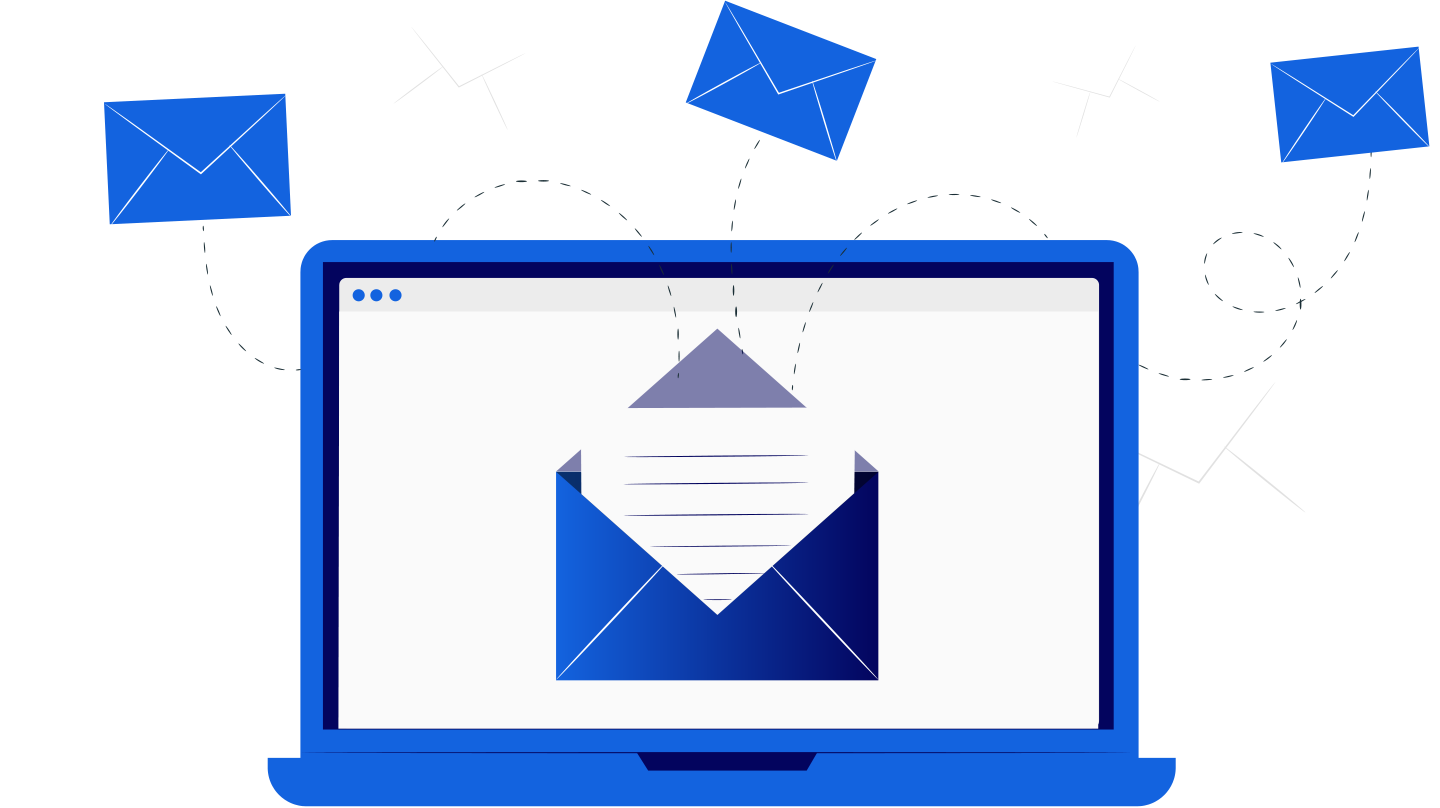The Latest Cyber Security Trends And Predictions You Should Watch Out For in 2026
February 13, 2023, 8 min read
The technology landscape is a phenomenon that constantly changes. Thus, it is essential to watch out for new trends when it comes to cyber security. Cyber security is a term that defines the assurance of computer systems and networks from information disclosure. That’s why it is also called information security. Considering the importance of data protection, you should be aware of the risks and take precautions.
Healthcare is still not off the hook!
The healthcare sector remains a prime target for ransomware attacks, with cybercriminals exploiting its critical services and sensitive data. In 2025, nearly 400 healthcare institutions were successfully hit by ransomware, underscoring the industry’s vulnerability according to Healthcare It Today.
These statistics underscore the critical need for robust cybersecurity measures within the healthcare industry to protect patient data and ensure the continuity of essential services.
Preventing Automotive Hacking
With new advancements in technology, automotive hacking will become a thing to be considered in 2026. Bluetooth and WiFi technologies are being used for communication between devices. This makes these devices more vulnerable and weak. Hence, for better information security, knowing new cybersecurity trends is essential. More increased use of automated vehicles and devices makes it a necessity.
Suppose you believe that your firm is vulnerable to automotive hacking, mainly because of the COVID-19 pandemic and its impact on working remotely. In that case, you must distinguish the spots of weakness that cause your company to be unsafe to threats. With this step, you can be assured of data protection before a lack of it causes a lot of trouble.
Geopolitical Dynamics Amplify Cyber Threats in 2026
In 2025, the convergence of geopolitical tensions and cyber activities is expected to intensify, with state-aligned cyber espionage operations closely mirroring global and regional conflicts. Advanced Persistent Threat (APT) groups are anticipated to continue leveraging cyber capabilities to gain asymmetric advantages, aligning their operations with the strategic interests of their respective nations.
The landscape of cyber threats is further complicated by the rise of hacktivism. Collectives driven by political and religious ideologies are increasingly engaging in cyber campaigns, targeting entities they perceive as adversaries. These groups employ a range of tactics, from Distributed Denial-of-Service (DDoS) attacks to data breaches, aiming to disrupt operations and advance their causes.
To effectively counter these evolving threats, organizations must enhance their threat intelligence capabilities. Understanding the motivations and tactics of both state-sponsored actors and hacktivist groups is crucial for developing proactive defense strategies. Implementing early-warning systems and allocating resources based on intelligence insights can significantly bolster an organization’s cybersecurity posture.
Beyond Encryption: Quantum Computing’s Role
Quantum computing is poised to revolutionize various sectors, including real-time analytics and cybersecurity. This will happen by leveraging the unique properties of subatomic particles to process data inputs. This advancement promises unprecedented processing speeds and predictive analytics capabilities.
As we approach 2025, the imperative for businesses to prepare for the quantum era intensifies. This preparation involves transitioning to quantum-resistant cryptographic protocols and collaborating across sectors to develop robust security measures. The convergence of quantum computing and artificial intelligence further complicates the cybersecurity landscape, necessitating a comprehensive approach to mitigate emerging threats.
We might not quite be there yet but Quantum Computing is definitely something that we need to look out for!
Protecting Cloud Services
Nowadays, Cloud services offer a wide range of services to individuals and firms. Many people want to benefit from their services because they are easy and affordable. Also, it provides flexibility. 2025 is a year in which cloud services are needed more. Cloud services are in demand because of the pandemic that has had an impact worldwide. Cloud services are crucial when it comes to digital transformation.
With that being said, this condition causes an increase in attacks. You should be informed about cyber security measures for data protection, which is highly important for cloud services. There are various choices of cloud services. And when you select one of them, make sure to review the measures that are being taken by a cloud service for information security. Your first step toward protecting the cloud services should be organizing the services you are taking. Being informed is the key when it comes to cyber security.
In our recent blog post, we gathered the top 10 cyber security threats and vulnerabilities to be Aware of in 2025. Don’t forget to read this one to stay secure!
Protecting Mobile Devices
Thanks to modern technology, digital transformation has become a vital part of our life. Computers and laptops that are being used all day, every day, mobile devices also become handy. Mobile banking is an excellent example of that. Following cyber security trends is essential to protect smartphones from viruses or malware and ensure data protection.
Protecting mobile devices is crucially significant. Because mobile devices include your sensitive data. Hence, the age of digital transformation requires better and more trustworthy measures. By protecting your mobile devices, you can save your passwords, bank information, and such.
The Future of CISO’s
In recent years, Chief Information Security Officers (CISOs) have faced increasing scrutiny, particularly concerning personal liability for data breaches. Looking ahead to 2025, the CISO role is expected to evolve from being primarily a target for blame to becoming a key partner in managing and explaining data breaches.
However, challenges persist. It is thought that within a decade, every company will have integrated AI into their operations or risk obsolescence. CISOs must navigate the rapid innovation of emerging technologies, understanding both their potential and associated risks.
Additionally, the regulatory landscape is becoming more complex, prompting many organizations to consider virtual Chief Information Security Officers (vCISOs) to manage compliance workloads.
Artificial Intelligence (AI) in Cybersecurity: Friend or Foe?
Artificial Intelligence (AI) is an internet-enabled technology that hugely impacts digital transformation. Since it is a new technology, being up-to-date is the key to data protection. Artificial Intelligence is used by both the defender and the attacker in the sector. Both of these sides are hoping to best themselves and beat each other in this costly battle.
The cyber attacks on your company can be constant and massive. That’s why cyber security and information security are necessary for every entrepreneur and person in business using AI technology in their firm. Thanks to machine learning and deep learning features of AI, data protection is easier and more convenient than ever. IBM (International Business Machines Corporation) has shown that businesses that protect their data with AI saved an average of $3.58 million in 2020.
Ransomware: A persistent Threat
Ransomware will continue to be a significant threat in 2025, with cybercriminals employing increasingly sophisticated tactics to infiltrate organizations. The rise of multifaceted extortion schemes, where attackers not only encrypt data but also threaten to release sensitive information, has heightened the stakes for businesses worldwide.
In response, organizations are adopting advanced cybersecurity measures, including zero-trust architectures and enhanced employee training, to mitigate the risk of ransomware attacks. These threats push the industry to revolutionise without stopping.
As ransomware tactics become more complex, it is imperative for businesses to stay informed about emerging threats and implement robust security protocols to protect their assets and data.
Protection From Insider Threats
One of the other cyber security trends you should watch out for in 2025 is insider threats. Even though modern technology is quite adequate when it comes to human errors, measures that are taken for data protection are crucial. Hence, in these modern times of digital transformation, you should be aware of insider threats and how to avoid them.
Many reports about cyber security demonstrate that human error is still a common mistake that leads to data breaches. National Insider Threat Center (NITC) reported that trusted business partners cause 15% to 25% of security breach incidents. This study demonstrates the importance of data protection against insider threats.
Strengthened Measures in IoT is a Must!
The Internet of Things (IoT) security landscape underwent significant transformation in 2024, with both regulatory bodies and technology manufacturers intensifying efforts to enhance digital ecosystems. Emerging security strategies are adopting a multi-layered approach to protection. Advanced encryption technologies are becoming standard, with high-end IoT products implementing certificate-based authentication to ensure only official manufacturer software can run on devices.
Cloud-based provisioning mechanisms are also revolutionizing security, enabling AI-backed systems to identify and prioritize potential risks before they can cause substantial harm. Notably, cloud technologies now allow for more efficient deployment of security patches and firmware updates, creating a more dynamic and responsive defense against cyber threats.
5G Networks, Are They To Be Trusted?
The landscape of 5G network security reveals a complex terrain of emerging technological challenges and potential vulnerabilities. Researchers have uncovered significant security concerns inherent in the network’s architecture, particularly around its decentralized, software-driven infrastructure. Unlike previous generations, 5G networks present a broader attack surface due to their reliance on software-defined networking (SDN) and network function virtualization (NFV), which introduces novel cybersecurity risks.
Experts have identified several critical vulnerabilities that could compromise network integrity. These include sophisticated attack vectors such as Man-in-the-Middle (MitM) intrusions, which can intercept communication between devices and potentially breach data confidentiality. Moreover, the network’s support for numerous IoT devices through reduced capability (RedCap) technology creates multiple potential entry points for malicious actors. Particularly concerning are attacks that can manipulate device capabilities, including identification attacks that reveal hardware characteristics, bidding down attacks that degrade network performance, and battery-draining techniques targeting IoT devices.
API’s Are the Next-Expected Target?
In 2025, attacks on APIs are expected to continue increasing, as they have become the connective tissue of the modern business world. AI promises to improve API security by detecting and blocking malicious activities in real time and ensuring only reliable policies are applied.
Integrating Gen AI into SOC management not only helps handle the overwhelming amount of traffic and data and increasingly sophisticated API attacks, but also dramatically improves mean time to resolution by providing rapid on-the-fly root-cause analysis, insights, and recommendations.
Security with Real-Time Data Visibility
Real-time data visibility allows businesses to instantly prevent, adapt, and resolve unexpected issues. It will enable business owners to define every process well and decide accordingly. Being fast and accurate is a must in this digital transformation age. Real-time data visibility provides that.
Some managers might think that providing information security in some aspects is okay. It is beneficial to think of cyber security as a whole. The essential way for data protection is knowing where your data is minute-by-minute. By that, you can easily avoid any lack of security incidents.
Conclusion
Lack of security is a massive problem that causes harm in many aspects. While it generates a financial loss, it also leaves firms vulnerable by affecting data protection. Cyber security is critical for a business to improve. By paying attention to this, companies can obtain many benefits. Watching the latest cyber security trends is essential for better information security.
By decreasing the vulnerability of your devices, you protect your data and information without spending too much effort and time. Thus, everyone should consider what measures should be taken for cyber security. After the standards, training of the staff is essential as well.


